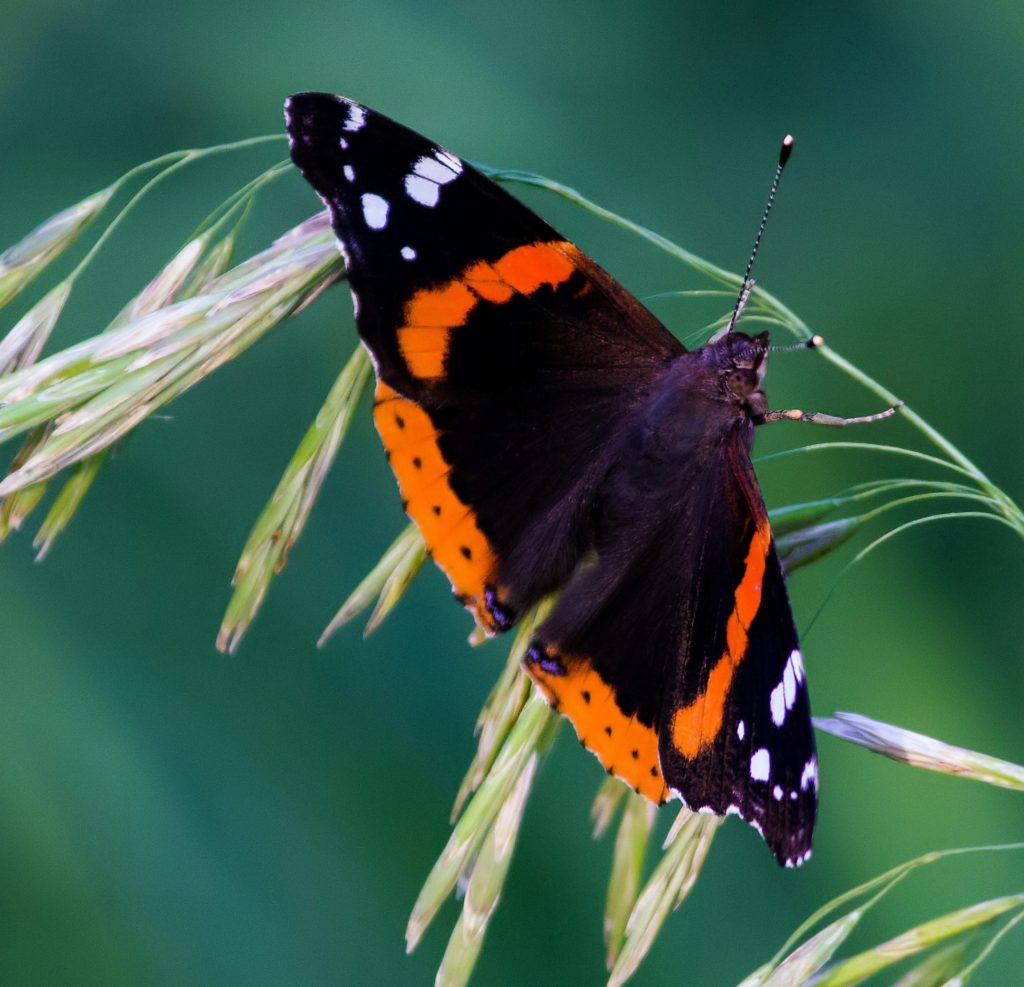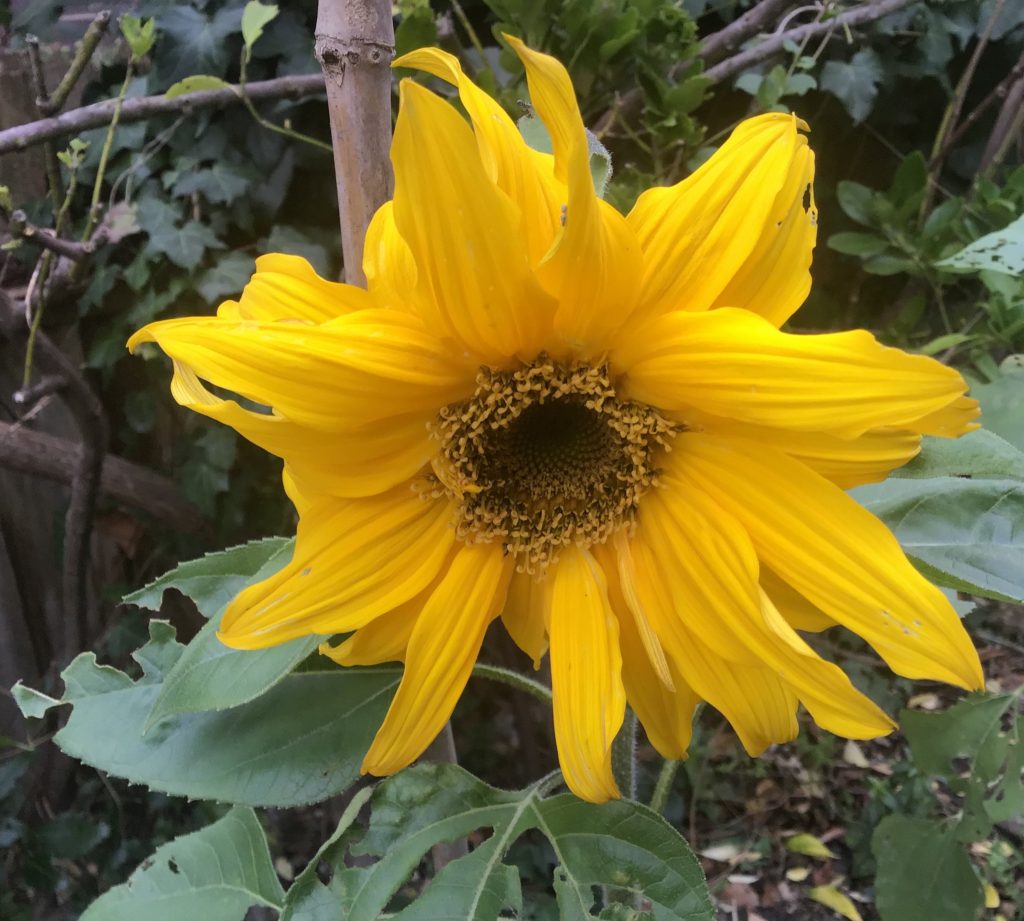One year, my son bought me an adorable Flow calendar featuring an illustration of a tiny pleasure for every day. These tiny pleasures might be something as simple as observing a new bloom or a chat with a friend or the first coffee of the morning. Anything that brought a smile would qualify. As I tore off each page, it encouraged me to look more closely at the world and appreciate how little things are often what give us most joy.
Then lockdown arrived and my already circumscribed life became even more constricted. While shielding, I could visit medical establishments, but not much else and my world became my house and garden and the few blocks surrounding it – with occasional thrilling trips to the countryside. I had a choice: go completely bonkers within the straight-jacket of restrictions or find another way to expand my world.
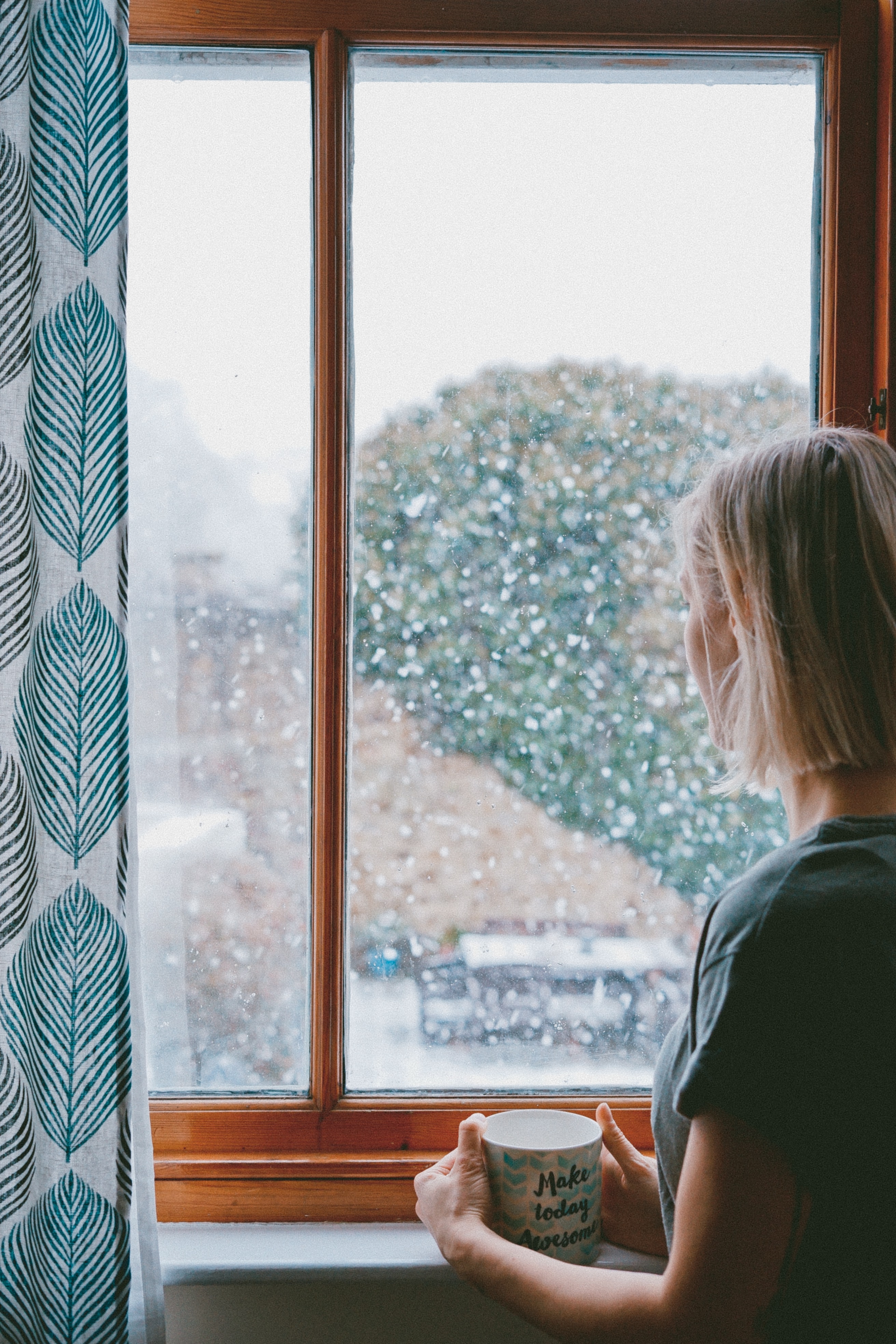
Look closer
Perhaps it was an early obsession with Mary Norton’s The Borrowers or residual childhood memories of fairies in the garden, but I have always been acutely aware that there is a lot more going on than what we see on the surface. If your world seems small, the trick is to change perspective and look closer. Just as a tiny drop of pond water appears as nothing interesting; put it under a microscope and it will be transformed. There will be a whole world of activity, including tiny creatures too small to detect with the human eye. From what at first seems insignificant and lifeless, emerges something very much alive.
Though I haven’t (yet) embarked on any scientific investigations, I have made greater efforts to look much more closely at the world. And my, how magnificent it is! While at the dog park, I started studying the bark on the trees. Every tree was quite different: some barks were smooth to the touch and some entirely rough. Most showed scars, and many were carbuncled with mounds of either undeveloped branches or parasitic growth. Many were covered in lawns of yellow and green lichen – but, of course, mainly on their north facing sides.

In the garden, if you are willing to sit for a while and refocus, there is endless activity in even a square metre of ground: ants scurrying on their errands; bees and butterflies making brief forays into flowers and beetles with their glorious, iridescent carapaces glinting and colour shifting in the sun.
Starting small
Spring is the perfect time to start thinking small. The season is tentative, knowing that blasts of winter can reappear at any moment with sometimes devastating consequences. So Nature has learned to keep things somewhat miniature until the dangers have passed. The earliest flowers are crocus, snow drops, wood anemones, pansies and violets huddling inconspicuous and close to the ground. Only once the promise of warmer weather seems more certain are they joined by their larger, more showy relatives: daffodils and paperwhites; camellias and hyacinths.
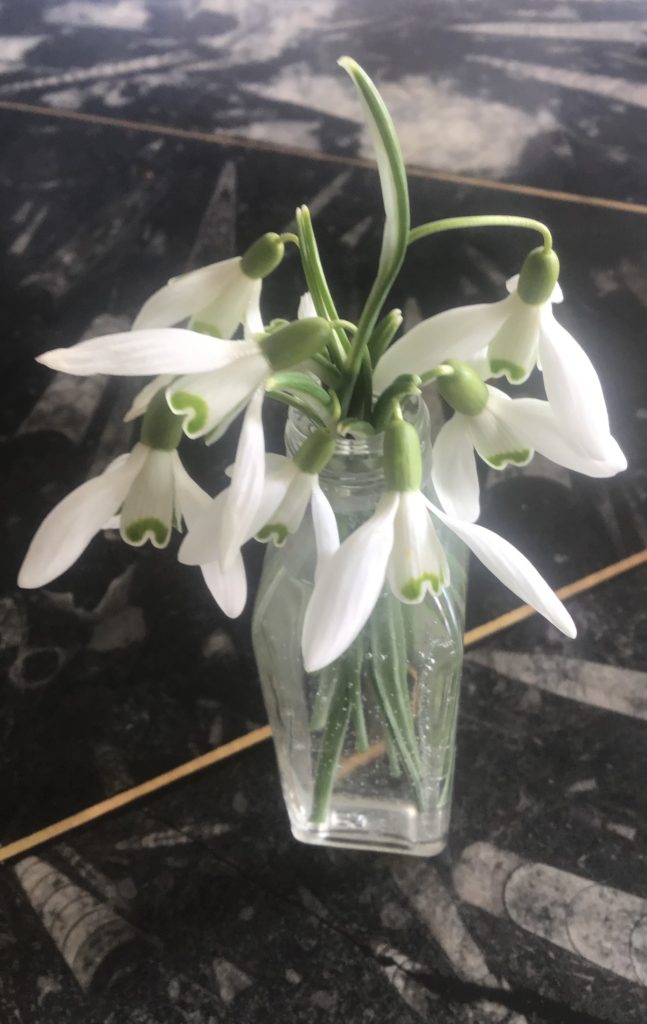
Zoom in
A good friend has recently acquired a macro lens for her phone and sends me gorgeous images almost daily of all the objects and plants she has photographed. Many are unrecognisable so close up, but all have a fascinating attraction. In them, the everyday becomes exotic, almost surreal. The components that make up the stigma and stamen of a flower with the background of vibrant petals looks like some forgotten Georgia O’Keefe painting.
My favourite is of a little piece of moss – now an abundance of green flowers. But what makes it extra special is the Green Man peeking out from the foliage centre right. I’ll let you look for it!
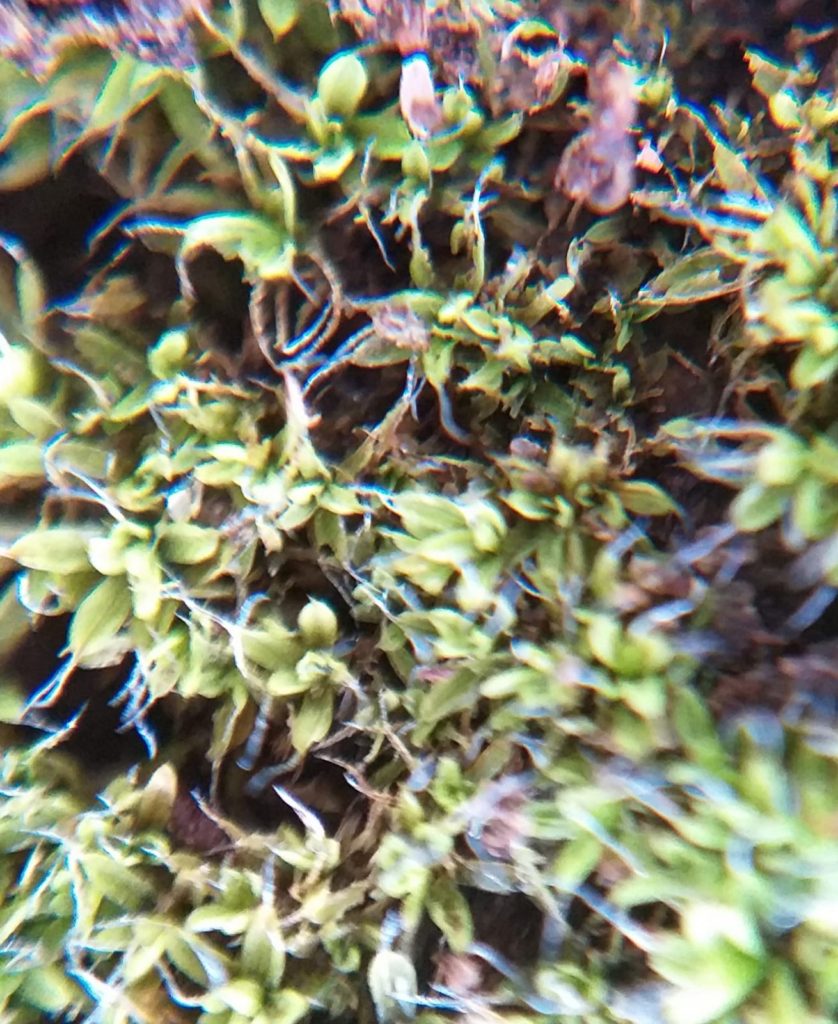
Of course, not all of us have such a lens, but we can still look much more closely at the everyday, perhaps focusing on a particular angle or segment. Either way, the familiar will become strange; the ordinary, fantastical.
Miniature appeal
Lastly, we are programmed to love small things. We may collect tiny charms for a bracelet or have an intricate train set layout. And who doesn’t love kittens and puppies? Small, cute things awaken the nurturing side of us. They need our protection and to be handled with care. Their size and fragility make them precious. And we simply love toys!
We also prefer things which do not pose a threat. Since we are bigger than these tiny things, we feel more powerful and in control when placed in relation to them. In times such as these, a sense of both is to be welcomed.
The appeal for me, though, is in the way that they expand my horizons by proffering a whole new vista in a scaled down form. Our brains, it seems are programmed to respond in such a way. According to Mentalfloss.com, ‘Research has shown that our gaze—and likely our touch too—is drawn to the regions of a scene or object that hold the most information. Part of our attraction to miniatures may be that they provide our sensory-seeking brains with highly concentrated dosages of tantalizing stimulation.’
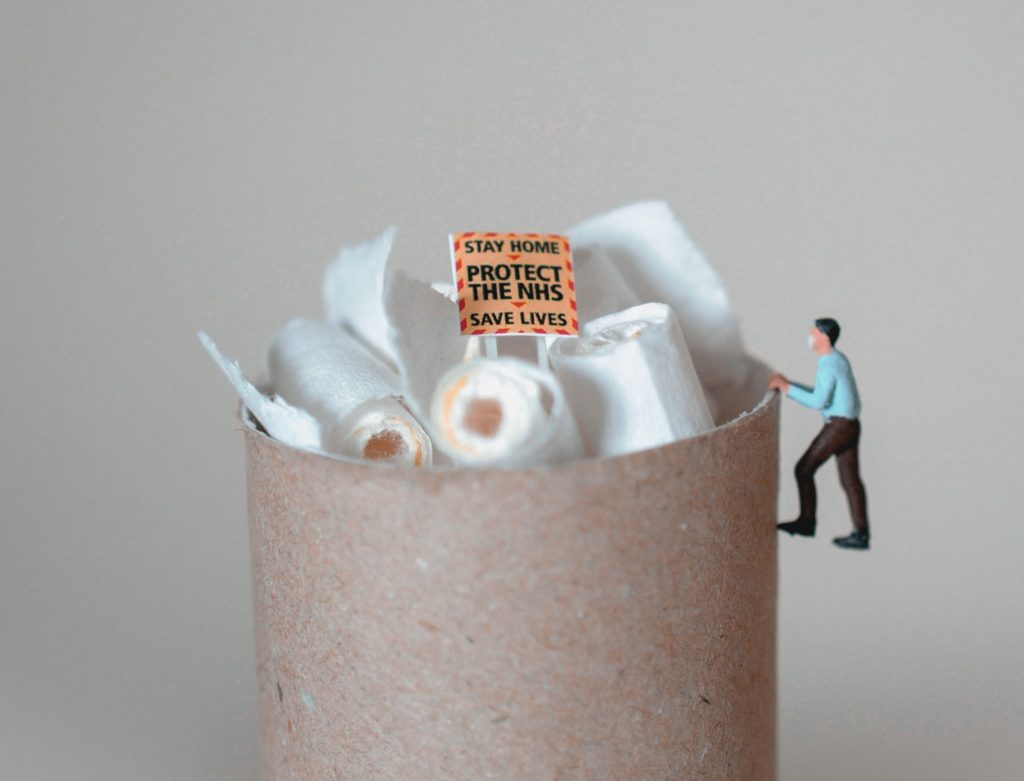
While our movements may be restricted, our minds certainly are not. With a little imagination and a willingness to look a little closer, we can make, as John Donne did with love, ‘…one little room an everywhere.’

